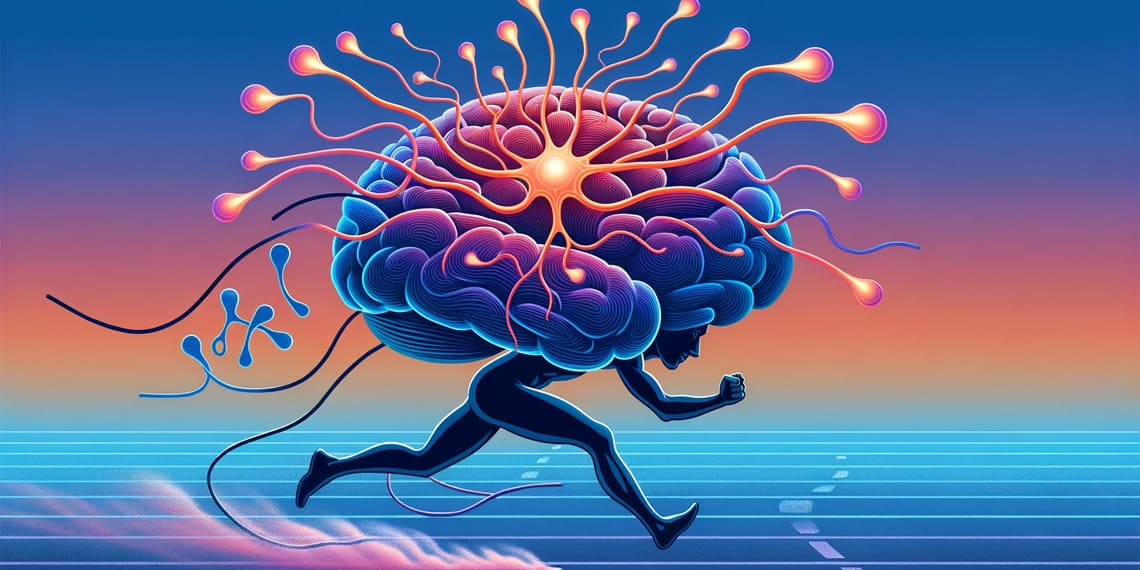A new study comparing the functionality of adult-born neurons in the brains of mice that engage in regular running versus those leading a sedentary lifestyle found that active mice had increased synaptic input from other brain regions and exhibited less synaptic loss. The preservation of neural connections suggests better maintenance of cognitive abilities with age. The study was published in eNeuro.
Henriette van Praag, the corresponding author and an associate professor at Florida Atlantic University, said, “Long-term exercise profoundly benefits the aging brain and may prevent aging-related memory function decline by increasing the survival and modifying the network of adult-born neurons born during early adulthood, and thereby facilitating their participation in cognitive processes.”
As human life expectancy increases, the number of older adults experiencing cognitive decline is rising. One early indicator of age-associated cognitive decline is difficulties in pattern separation, the ability to distinguish between similar events and stimuli. This decline is linked to decreased hippocampal volume and weakened connectivity in key brain regions.
In this study, researchers investigated the effects of long-term running on the network of new neurons in the hippocampus, which develop only in adulthood. Previous research suggested that these neurons are important only during a critical 3-6 week period after their development, determining their integration into the neural network and connectivity. The study was conducted on mice.
Eighteen male mice aged 5-6 weeks were used in the experiment. All mice were kept in a 12-hour light-dark cycle with continuous access to food and water. The mice were divided into two groups: one with access to a silent spinner wheel for voluntary running and the other without. The scientists recorded and analyzed the distances run by the mice.
The researchers used a retrovirus to mark neural stem cells in the brain’s dentate gyrus region. This allowed them to identify and quantify synaptic connections to the adult-born neurons. The results showed that long-term running significantly modified the network of these neurons by middle age. Running increased inputs to these neurons from hippocampal interneurons and prevented the loss of innervation from the perirhinal cortex. It also increased input from areas of the brain essential for memory.
“Overall, long-term exercise profoundly benefits the aging brain. We show that chronic physical activity from young adulthood into middle age maintains and enhances the network that innervates adult-born neurons. These findings provide insight into how exercise helps maintain memory function during aging,” concluded the study.
The lead author, Carmen Vivar, of Centro de Investigacion y de Estudios Avanzados del IPN in Mexico, added, “Our study emphasizes the relevance of including exercise in our daily lives to maintain memory function as we age.”
While the study provides important insights into the link between physical activity and brain health, it was conducted on mice, not humans. Therefore, the results may not directly apply to humans.
The study, titled “Running throughout Middle-Age Keeps Old Adult-Born Neurons Wired,” was authored by Carmen Vivar, Ben Peterson, Alejandro Pinto, Emma Janke, and Henriette van Praag.


